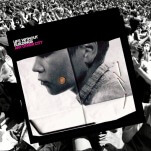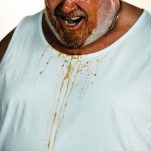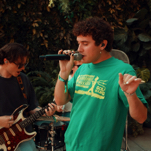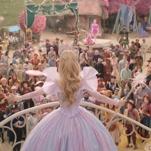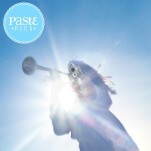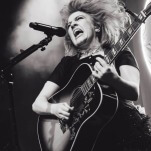Tasting: 2 Bottled in Bond Whiskeys (Bourbon, Rye) From Redwood Empire
Photos via Redwood Empire Whiskey
There are so many young-ish distilleries and bourbon-focused whiskey brands on the market, that in recent years I’ve increasingly found myself effectively ignoring certain companies labeled as “up and comers,” at least until they debut their own spirit. On some level, this is just a function of trying to avoid palate fatigue—I taste so many samples across a wide array of spirits that I primarily want to taste new ones with some iota of novelty to them, rather than another iteration of sourced whiskey from the usual suspects of the industry. And in this way, a company like Redwood Empire can slip under my radar for a few years.
Redwood Empire Whiskeys are produced by the Sonoma, California-based Graton Distillery, and launched their flagship brands (Pipe Dream, Emerald Giant, Lost Monarch) back in 2019, primarily as sourced whiskey from the ever-present MGP of Indiana. Those whiskeys quickly gathered a devoted following, especially for their relative value on the market around the $40 range, but I never got around to tasting them, as my dance card was always full. Last year, however, they debuted their own in-house product with the first batch of bottled-in-bond expressions, a bourbon and a rye, dubbed Grizzly Beast and Rocket Top. That series has now continued with its second release, and it’s time for me to finally familiarize myself with what Redwood Empire has been doing for the last few years.
Perhaps unsurprisingly, the natural world is the source of inspiration for these whiskeys and their names—they’re both named for trees, with Grizzly Beast being a portmanteau of “Grizzly Giant” and “Mattole Beast,” while Rocket Top is a reference to a 365-foot coastal redwood in Humboldt Redwoods State Park. At this point, both of these batches are now 5 years old, exceeding the 4-year requirement for the federal definition of bottled-in-bond whiskey. They’re both bottled at the expected 50% ABV (100 proof).
Notably, both of these batches have unusual, four-grain mash bills. The Grizzly Beast Bourbon is a high-rye product with 66% corn, 23% rye, 7% wheat and 4% malted barley. It aged for five years in toasted, #3 charred barrels. The rye is even more unusual, as Rocket Top is also a four-grain mash bill of 87% rye, 5% wheat, 5% malted barley and a mere 3% corn, likewise aged in toasted #3 char barrels.
As ever, this kind of release is an important moment in the history of a young distillery, their first true chance to make a statement of principles to the world about how their in-house product will differ from the sourced whiskey they’ve been selling. And I’m happy to report that both of these bottles end up capturing something quite distinctive, although the $90 MSRP for both expressions is a rather bitter pill to swallow. It is of course a reality that whiskey production has become much more expensive in the wake of the pandemic and subsequent inflation, but that $90 MSRP does represent a pretty big hurdle for a 5-year-old, BiB whiskey, and it’s a little bit out of line from the likely expectation in the market set by other similarly aged brands such as New Riff, Woodinville or Wilderness Trail. It just means that Redwood Empire has to work that much harder to really make these whiskeys stand out.
So with that said, let’s get to tasting.
Redwood Empire Grizzly Beast Bourbon (Bottled in Bond)
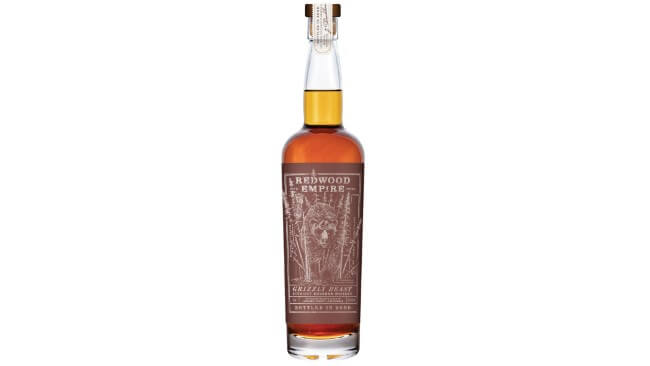
Redwood Empire’s in-house bourbon leads off on the nose with juicy cherry, countered by cornbread, caramel and a sweet spiciness reminiscent of Dr. Pepper. Perhaps slightly hot on the nose, it’s nonetheless very fruit forward, which I usually enjoy, and suggests a great depth of sweetness.
On the palate, this one is a lovely combination of fruit and spice, with some really bright red fruit notes, combined with darker tones suggestive of Luxardo maraschino cherries. There’s plenty of caramel, along with cinnamon, brown sugar and cola spice, and a suggestion of stem ginger. You’re also presented with flourishes of toasted oak, and perhaps a bit of black tea-like maltiness. Residual sweetness is on the higher side, and this will really appeal to bourbon fans who love the cherry note. You certainly can’t say that it’s hurting for character, individuality, or approachability.
Is it a $90 bottle? That’s harder to say, but I’m comfortable saying that it’s one of the better “this is our first in-house bourbon” impressions I’ve had in recent memory.
Redwood Empire Rocket Top Rye Whiskey (Bottled in Bond)
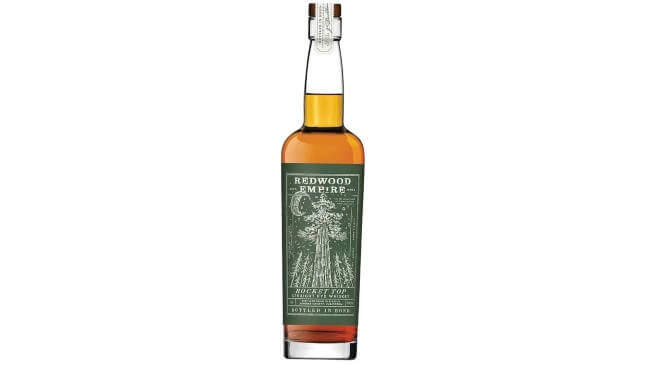
Redwood Empire’s rye is very clearly a rye whiskey on the nose, and is not an expression one could ever mistake for bourbon, even compared to their high-rye bourbon recipe. That’s not too surprising, given the 87% rye in the grist here, but it also confidently strides in its own direction, in comparison with something like the ubiquitous 95% rye recipe from MGP. This one finds its own direction.
On the nose, first impression is of heavy rye grain, along with spice, herbaceousness and licorice. Underneath, however, there are other spice notes of a warmer dimension, reminiscent of something almost like cumin, while sweeter impressions then come forward—candied orange peel and heavy vanilla.
On the palate, Rocket Top is perfumey and a little bit resinous, with pink peppercorn and notably floral vanilla, fused with herbaceousness and classic rye spice. This is a little on the sweeter side for a high rye content rye whiskey, and the level of vanilla is especially notable, giving this a slightly decadent feel, pairing nicely with toasted, gently spicy oak. For some drinkers, this will likely register as too sweet, but many others will be won over by its relative complexity at this age statement and proof point.
Again, pinning down value is a trickier proposition. But at the very least, Redwood Empire has released a pair of bottled in bond whiskeys that make confident, individualist appeals to the drinker’s senses. That’s a win in our book.
Jim Vorel is a Paste staff writer and resident beer and liquor geek. You can follow him on Twitter for more drink writing.

